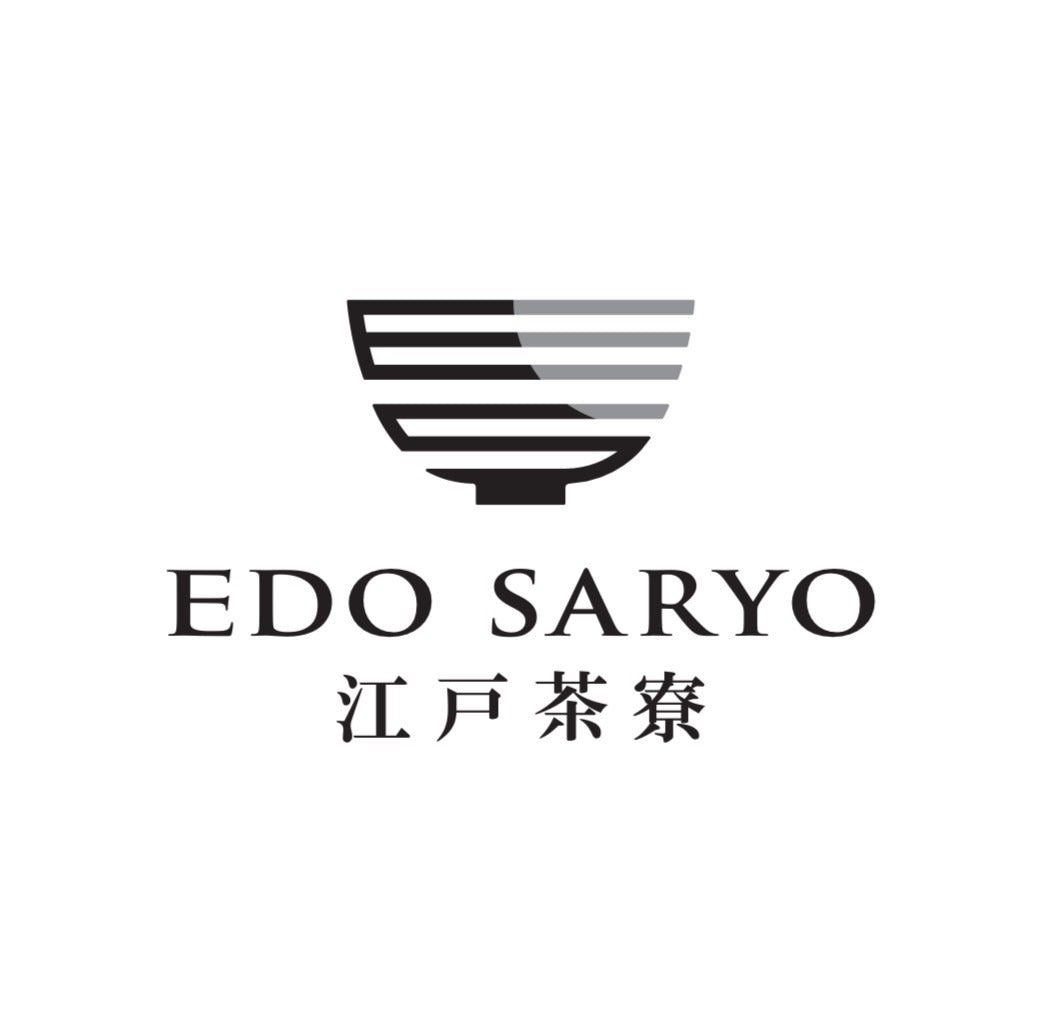Edo Saryo: Experience the History and Tradition of Japanese Ceramic Painting
At Edo Saryo, you can experience Japan’s centuries-old art of etsuke—the intricate decoration of ceramics—right in the heart of Tokyo. Etsuke refers to painting patterns and colors on the surface of pottery or porcelain, then firing it to achieve a lasting design. From the Edo period onward, this technique adorned tea utensils, plates, and bowls used in daily life and in the tea ceremony. During the 17th to 19th centuries, regions such as Kyoto (Kiyomizu ware), Arita (Imari ware), and Kutani produced masterpieces known for their vivid colors and delicate brushwork—pieces that are still admired worldwide today.
⸻
1. A Brief History of Etsuke
• Origins: Japanese ceramic painting developed in the late 16th century, inspired by pottery techniques introduced from China and Korea.
• Edo Period Flourishing: Imari ware from Arita became a major export to Europe, treasured by royalty and aristocrats.
• Everyday Art: From tea bowls to sake cups, everyday utensils were transformed into miniature works of art.
⸻
2. Traditional Techniques
• Sometsuke (Blue-and-White): Designs painted with cobalt blue under a transparent glaze, giving a clean, elegant look.
• Iroe (Polychrome): Multiple colors—red, yellow, green, and gold—applied after the first firing for a vibrant effect.
• Kinrande (Gold Decoration): Lavish use of gold over painted designs for luxury and brilliance.
Edo Saryo incorporates these traditional styles while also offering modern motifs and playful color palettes, making it easy for beginners to create something beautiful and unique.
⸻
3. Famous Ceramic Painting Styles
• Imari Ware (Nabeshima Style): Renowned for its precision and vivid colors, often made for high-ranking lords.
• Kutani Ware: Distinguished by its “Five Kutani Colors”—green, yellow, purple, dark blue, and red.
• Kiyomizu Ware: Known for its soft brushwork and elegant designs, especially in tea utensils.
These traditional masterpieces are part of the heritage you connect with during your Edo Saryo experience.
⸻
4. Why the Edo Saryo Experience Is Special
• Beginner-Friendly: Our instructors guide you through brush techniques and color selection.
• Short Completion Time: Create your piece in 90–120 minutes, then enjoy matcha and traditional sweets.
• Same-Day Take-Home: Your decorated tea utensil is ready to bring home immediately.
• Creative Freedom: Choose from traditional Japanese motifs or create your own modern design.
⸻
5. Why You Can’t Fail
• Design templates and motif samples are available for inspiration.
• Mistakes can be corrected before the paint dries.
• Special ceramic paints produce vivid, professional results after firing.
⸻
6. How to Book
Edo Saryo is a popular cultural experience, and advance booking is highly recommended—especially on weekends and during peak tourist seasons.
▼ Book Your Experience Here
Official Edo Saryo Booking Page
(Replace with your actual booking link)
⸻
7. Summary
Edo Saryo is the only place where you can enjoy over 400 years of ceramic painting tradition in a relaxed, modern setting—and leave with a piece you created yourself. In just a couple of hours, you’ll learn a centuries-old art, savor authentic matcha and wagashi, and take home a personal souvenir of Japan’s cultural beauty.
“Paint it. Enjoy it. Take it home—experience Edo tradition with your own hands.”
⸻

